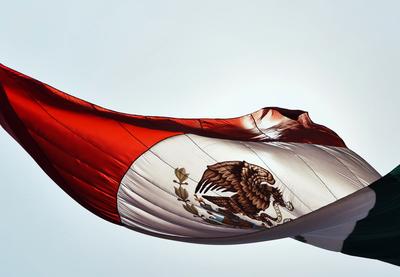Cinco de Mayo (the fifth of May) is not Mexico’s Independence Day.
Cinco de Mayo is the day in 1862 when a small, largely outnumbered group of Mexican soldiers took on an invading French army at the Battle of Puebla—and won. General Ignacio Zaragoza and his troops inspired Union soldiers who were fighting in the American Civil War. These Union soldiers celebrated with parades, folklórico dancers, bull fights and traditional music honoring the Mexican soldiers and people.
How things have changed.
Cinco de Mayo morphed into a celebration of Mexican “heritage” that is painfully false and largely publicized through alcohol advertising. Most of the festivities surrounding Cinco de Mayo in the United States are textbook examples of cultural appropriation, relegating the vast history and culture of Mexican people to a few novelty items. Mexican culture cannot be reduced to tacos, oversized sombreros and piñatas.
As educators, we need to do better.
Consider this example that shows how far the celebration of Cinco de Mayo has come from its original purpose of honoring Mexicans. In 2010, several white students decided to wear American flag T-shirts on Cinco de Mayo at a California high school with a history of racial tension between white and Mexican-American students. School officials asked the students to change their shirts, turn them inside out or go home. The students refused, and some of them later sued the school district. The U.S. Ninth Circuit Court of Appeals upheld the school’s decision, ruling that the T-shirts were not covered by the free speech protections enjoyed by students and that school officials had reasonable concern to believe that the T-shirts could prompt a “violent disturbance” or “substantial disruption.”
This incident makes it clear how, in the United States, Cinco de Mayo has become politicized and promotes a misunderstanding of the day that pits Mexico against the United States, feeding an “us versus them” mentality. Turning the day into an overt show of American pride is inflammatory, given the history of how the United States acquired Mexican lands following the U.S.-Mexican War.
Let’s change the narrative on Cinco de Mayo and Mexico by teaching our students the facts.
Teach them what Cinco de Mayo is—and what it is not. Teach them the difference between cultural appropriation and cultural appreciation. They need to know where the line is. Cultural appropriation occurs when a person or other entity—a sports franchise, for example—claims as their own an aspect of a culture that does not belong to them. Doing so can, knowingly or unknowingly, deny the authenticity of that culture, particularly if it belongs to a marginalized group, and it can send harmful messages rooted in misinformation, prejudice and stereotypes.
Teach them about the Grito de Dolores (Cry of Dolores) and how Mexico asserted its independence on September 16, 1810. Teach them about Mexico’s ancient civilizations, including those that built enormous pyramids and used hieroglyphs to create calendars. Teach them about the long history of struggle in Mexico, a country that has been at war many times to protect its land and its people from conquistadors and the politics of Manifest Destiny. Teach your students about the rich, multifaceted culture that thrives in the different regions of Mexico, and the scientists, activists, artists and change makers who hail from this country.
As Cinco de Mayo becomes more and more commercialized in the United States, we run the risk of deeply engraining negative and false images into our national conscience. Instead, teach your students the real, rich history of Mexico. And leave the fake mustaches and maracas out of it.
Mascareñaz is the director of Equity Affairs for Wake County Public Schools and a former teaching and learning specialist for Teaching Tolerance.
